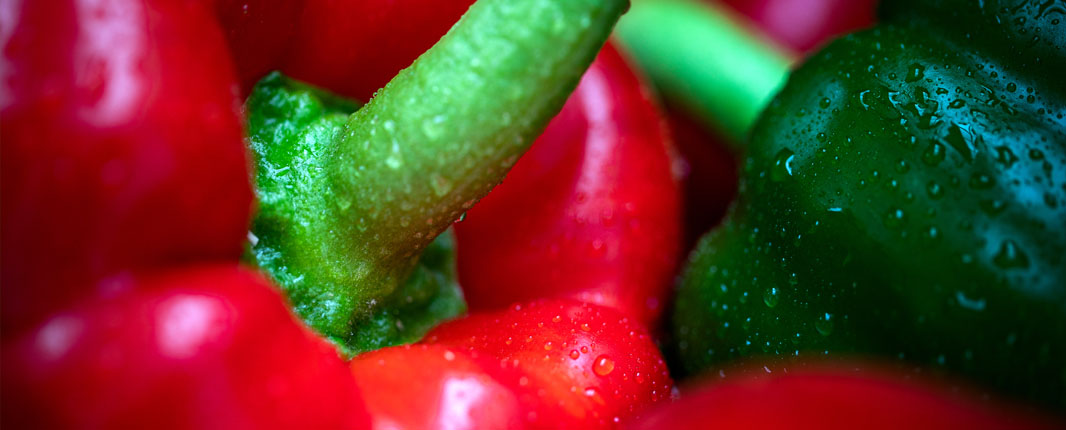
Information

The cultivation and consumption of sweet peppers is increasing worldwide. Breeders are working hard to expand and improve the range of sweet peppers: from seedless varieties to snack peppers.
Anyone who grew up during the 1970s will remember it well: the filled green sweet peppers that our mothers suddenly started serving proudly at dinner time. And this fruiting vegetable was here to stay. Though nowadays it is more often eaten raw, in all colours and in mini sizes. “The market is expanding particularly outside the traditional cultivation centres in Europe,” according to Wouter Lindeman, Crop Research Manager Pepper for glasshouse cultivation. And the breeding process has also moved forward, because different climate zones and cultivation systems place different demands on varieties.
The mature European market is witnessing only limited growth in the acreage of covered sweet pepper cultivation. But the cultivation is expanding rapidly in North America (including Mexico) and Asia. Russia, which has invested significantly in high-tech agricultural complexes for the cultivation of tomato and cucumber for several years now, could follow this example according to Lindeman. “Not in the near future, but I would not be surprised if the covered sweet pepper cultivation there starts to take off in about three to five years.”
Growers in the emerging regions often first use varieties that were developed for cultivation in Southern or Western Europe. “But the climatic conditions, growing systems or market demands are not the same as in Europe,” explains Lindeman. “Now that the cultivation in such areas is expanding, we can also cross and select specifically for these regions. Our portfolio is expanding steadily. Whereas Gialte is the leading yellow variety in the Netherlands, the Canadian and Mexican growers prefer the slightly larger Eurix. The Maranello has been the leading sweet pepper in the red segment in Western Europe for eight years, but in Mexico they prefer Ocelot and Triple 5. Finally, in the orange segment, the Orbit is a variety that performs very well in both Canada and Mexico.”
As is the case with tomatoes, sweet pepper growers are looking for ways to distinguish themselves. Examples include the snack peppers, the Tribelli® concept (multiple colours) and the long conicals. The demand is increasing. And what about the red with yellow flamed Enjoya? “Such a beautiful product deserves exclusivity. It is currently only being cultivated by two companies: one in the Netherlands and one in North America, where the variety is sold under the name Aloha.” Seedless varieties are also being developed, because people appreciate the convenience.
In short, lots of work for our pepper team!